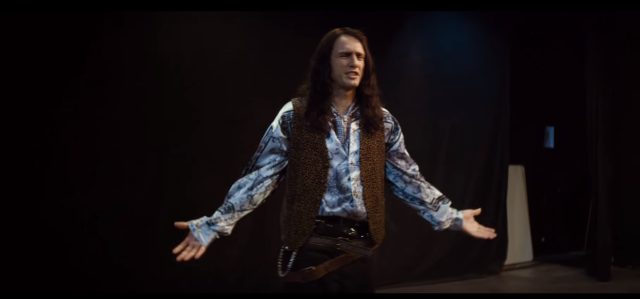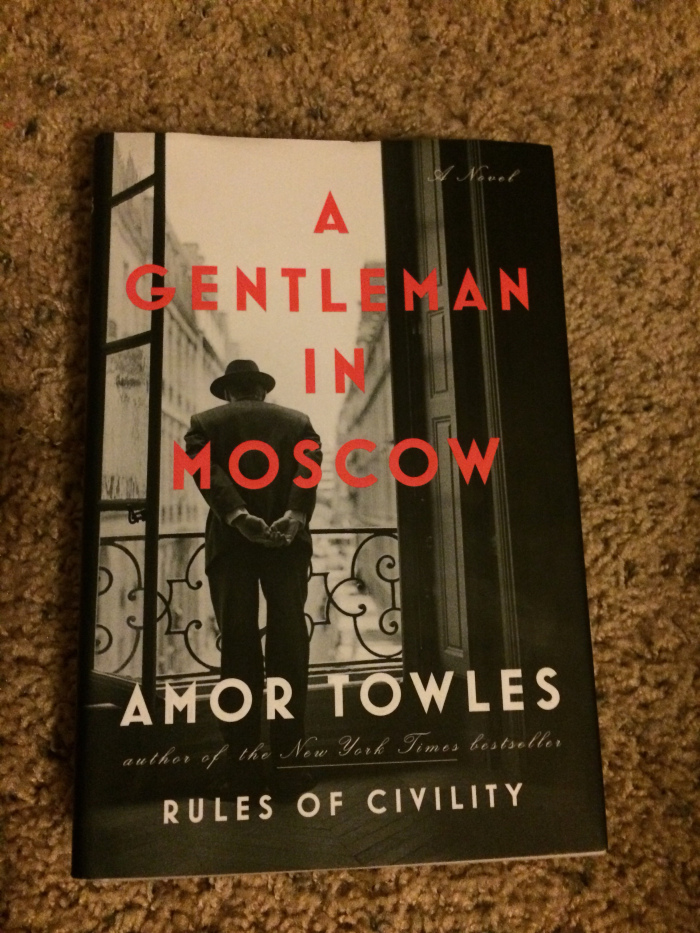
The Disaster Artist is a movie that is continually searching for an epiphany and never finds it. James Franco directs and stars in a story about Tommy Wiseau (James Franco) and Greg Sestero (Dave Franco) coming to Los Angeles and their subsequent pact of making the critically lambasted 2003 picture- The Room together. The film sincerely feels empty and hollow in a way that the source material never did.
At the very least, Wiseau felt like he was throwing the idioms of American prestige pictures into a cauldron and the result was a film that felt like a stitched together Frankensteinian concoction of established genre trappings we take for granted. Between the bouts of spoon throwing at the screen, the film got us to sit up in our seats and question the entertainment we consume.
By comparison, The Disaster Artist has the creative impetus of a shrugging lark. Crucially, Franco opts for fiendish recreation as a majority of the film is dedicated to showing the behind the scenes drama of The Room’s most infamous scenes. But in staging these sequences, the film is devoid of a viewpoint and Wiseau is never elevated.
Instead, in many of these scenes, the character feels like a piñata of revulsion and mockery. This is problematic because the film tries to present as Tommy and Greg as outsiders who are breaking into the Hollywood system. However, the film runs afoul of this premise because it eventually leaves Tommy spinning on a hamster wheel of sneering suspicion.
Worse yet is the finale set at the premiere of The Room in which Tommy in a miraculous life-affirming heel-turn embraces his artistic endeavour being viewed as a black comedy that unites people in joyous revilement.
In many ways, The Disaster Artist owes an enormous debt to Tim Burton’s Ed Wood, a film that is equally interested in exploring a notoriously bad filmmaker and the personal impulses of his work.
Burton elevated and found kinship with Wood by juxtaposing his struggle for creative freedom with Orson Welles in the movie’s most touching moment. He also used Woods’ words as an empowering eulogy to old Hollywood as Bela Lugosi delivers a speech from Plan 9 from Outer Space while standing outside the Sanitarium where he spent much of his remaining years.
In stark contrast, The Disaster Artist is made with the same fervent snarkiness that audiences display at The Room. Even its shining virtues such as Franco’s central performance feel unduly smug. A post-credit sequence showcasing an inane conversation between Franco in character and Wisusu as another person comes across like an exercise in acting navel-gazing and one-upmanship. And aside from a dramatic use of a 360-degree panning shot to reveal Wisusu at an acting class, Franco never really does anything cinematically engaging for the rest of the film.
In a brief post-screening discussion of the film, an older woman expressed her admiration for the film’s fidelity to the over the top nature of the story. While this can be perceived as a good thing, I think it’s genuinely ironic that Wisusu appears to be more human as Johnny in The Room than Franco allows him to be in The Disaster Artist.
Advertisements Share this:




